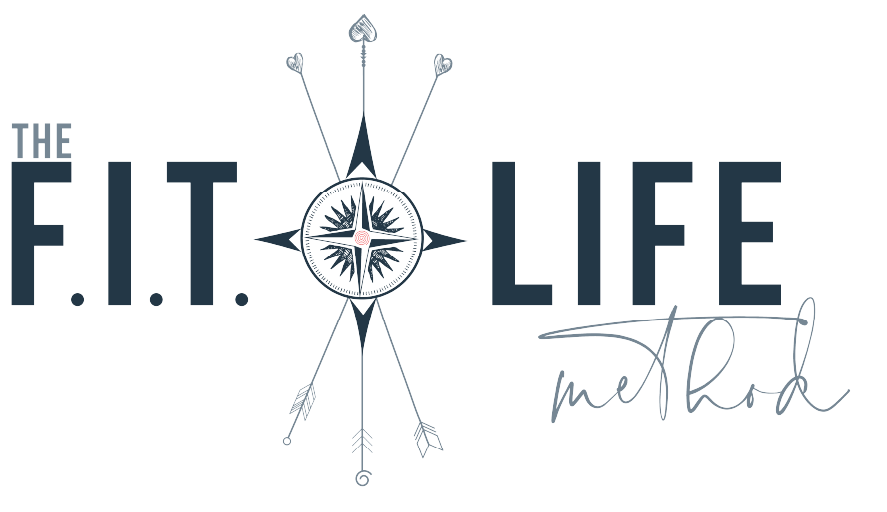How to Stop Reacting and Start Responding

Introduction: When You’re the Calm One—Until You’re Not
You’re the one everyone depends on. The calm in the storm. The steady, high-capacity woman who holds it all together.
Until something small tips you over the edge. And suddenly, you’re snapping, shutting down, crying in your car—or feeling like you’ve failed again.
If you’ve ever thought, “I should be able to handle this,” you’re not alone. The truth is, emotional overwhelm isn’t a sign of weakness. It’s a sign that your nervous system is over capacity—and your emotional regulation tools are due for an upgrade.
This blog is your invitation to stop judging your reactions and start understanding them—so you can shift from survival to steady, grounded response.
What Is Emotional Regulation?
Emotional regulation is your ability to navigate emotions without becoming overwhelmed, reactive, or shut down. It’s not about suppressing or “controlling” your emotions—it’s about learning how to be with them in a safe, skillful way.
When you’re regulated, you can:
- Respond to challenges instead of reacting impulsively
- Express yourself with clarity
- Make aligned decisions—even under pressure
- Stay connected to your body and breath in moments of stress
Why High-Capacity Women Struggle with Regulation
Many women assume that because they’re competent, driven, and emotionally aware, they should have this handled.
But here’s what’s often true:
- You’re great at helping others regulate—but struggle to create space for your own emotions
- You bypass your own needs in the name of “being strong”
- You learned early on that certain emotions (anger, sadness, disappointment) weren’t safe or welcome
This leads to a pattern of internal suppression and external performance—until the pressure leaks out as irritation, emotional shutdown, or self-criticism.
Signs You’re in a Dysregulated State
When your nervous system is dysregulated, your reactions are driven by survival—not clarity. Signs include:
- Snapping at people you love
- Feeling numb, detached, or zoned out
- Sudden waves of anxiety or urgency
- Overwhelm from small tasks
- Feeling like your emotions are “too much”
These aren’t character flaws. They’re signs your nervous system is in a state of dysregulation.
The 4 Default Reactions (and How They Show Up)
You’ve likely heard of fight, flight, freeze, and fawn. But how do they actually show up in your life—and how do they become default loops that keep high-capacity women stuck?
These default reactions are subconscious protective patterns we teach women to master, inside The F.I.T. LIFE Method:
1. Fight – The Defender Loop
This shows up as irritability, controlling behavior, quick temper, and frustration. It’s a protective response that says, “I have to fight to be safe or seen.” Underneath, it’s often guarding vulnerability and a fear of not being in control.
2. Flight – The Overworking Loop
Characterized by anxiety, perfectionism, and staying endlessly busy. The nervous system stays in motion to avoid feeling what’s underneath. The belief: “If I stay busy, I won’t feel overwhelmed or inadequate.”
3. Freeze – The Procrastinator Loop
This looks like disconnection, numbness, fog, or paralysis. You want to move forward, but your system feels stuck. This loop often hides deep exhaustion and unprocessed emotions beneath the surface.
4. Fawn – The Self-Sacrificer Loop
This shows up as people-pleasing, self-abandonment, and putting others’ needs ahead of your own. You may avoid conflict and over-give to feel safe or accepted. The belief: “If I meet their needs, maybe I’ll finally be enough.”
Recognizing which loop you default to allows you to intervene with compassion and shift toward true regulation.
Recognizing these patterns is the first step to interrupting them.
How to Regulate in Real Time (Without Pushing Emotions Away)
Here’s how to build the skill of responding instead of reacting:
1. Name What You’re Feeling
Emotions are energy. When you name them, you create space between you and the experience. Try: “I’m noticing a wave of anger.” or “This feels like shutdown.”
2. Come Back to the Body
Regulation starts in the body—not the mind. Use breath, grounding, or movement to re-anchor.
Try this: Stand up, plant your feet, and press gently into the floor. Breathe into your belly.
3. Use Titration
Don’t force yourself to feel everything at once. Dip into the emotion gently, then come back to regulation. Think: sips, not gulps.
4. Self-Validate
You don’t have to justify your feelings. Tell yourself: “It’s okay to feel this. I’m allowed to have a response.”
5. Build Recovery Rituals
Regulation isn’t just for the moment—it’s a lifestyle. Create daily practices (like breathwork, journaling, nature, somatic movement) to restore your baseline.
What Responding Looks Like
When you’re emotionally regulated, your life begins to feel different:
- You pause before reacting.
- You speak your truth calmly.
- You’re less drained by other people’s emotions.
- You trust yourself to handle hard moments without spiraling.
Regulation gives you your power back.
It’s the foundation of authentic communication, aligned decisions, and real confidence.
The F.I.T. LIFE Method: Emotional Mastery for High-Capacity Women
At The F.I.T. LIFE Method, we help high-functioning, high-capacity women regulate their emotions, reprogram default reeactions, and reclaim their energetic balance.
Our step-by-step system teaches you how to:
- Identify your unique emotional patterns
- Rewire your nervous system responses with proven somatic tools
- Express your needs with clarity, not reactivity
- Stay emotionally grounded—no matter what life throws at you
You don’t have to keep powering through your emotions or apologizing for them. You can learn to lead yourself through them—with strength, grace, and stability.
👉 Learn more about our program here.






Responses